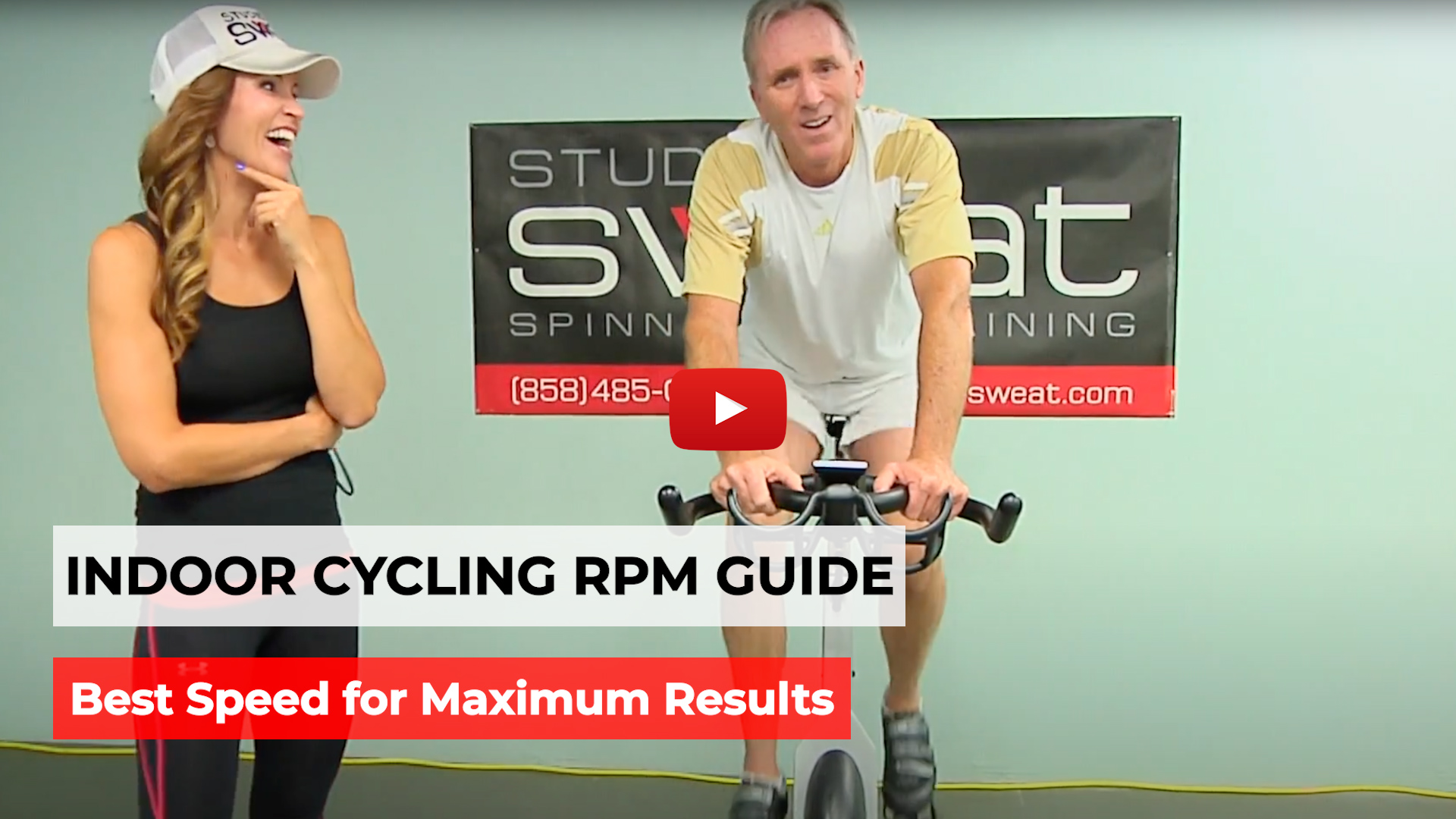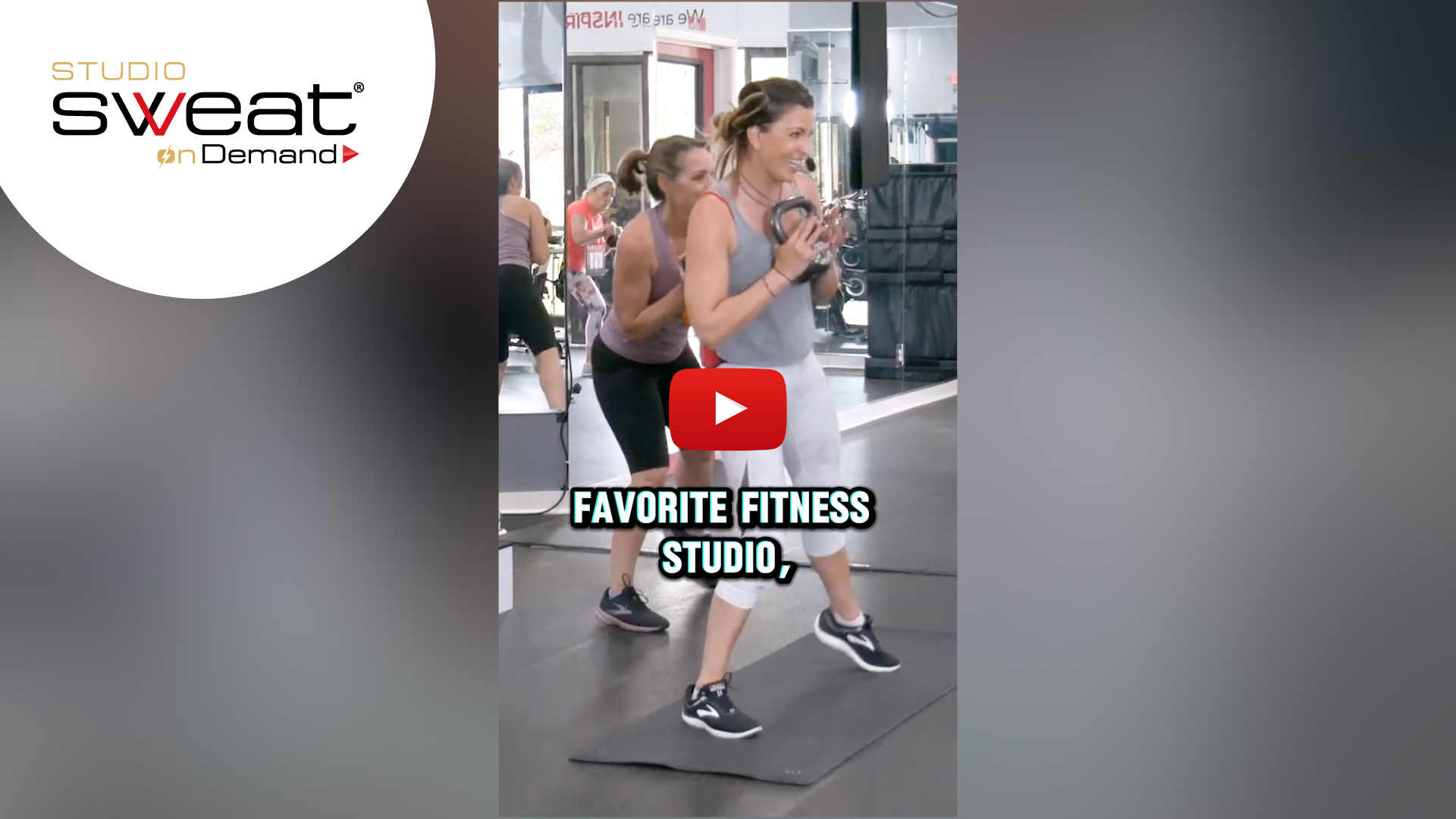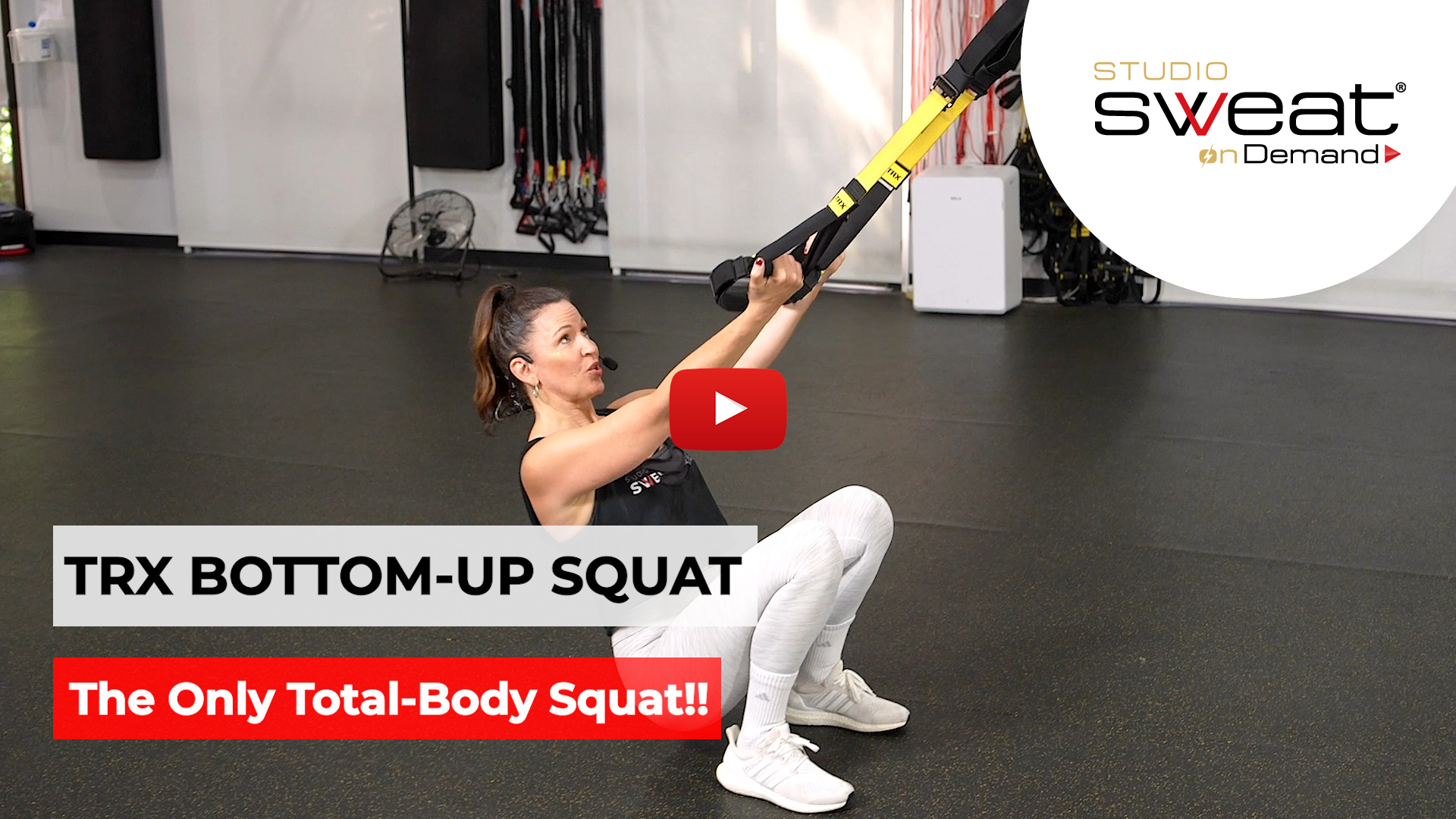Is it how many calories you burned? NO, not necessarily! Let’s see why.
Do any of these scenarios sound familiar?
“Ugh, my heart rate monitor was glitchy today. It’s like this workout didn’t count.”
“Hey, I’m going to stick around a bit. I need to hit my calorie count goal and this class just didn’t cut it.”
“We spent WAY too much time on the floor for sculpting today. I need to get my heart rate up from more cardio to really get in a great workout.”
These are phrases our trainers hear often because so many of us are fans of heart rate tracking and training in the right way, so Cat Kom and trainer Jess N. had a little convo to work through our obsession with calorie count as the measurement for what makes a “killer workout.”
What are the issues with using calorie count as the only measurement?
- Technology is glitchy. While a wearable heart rate monitor is a great tool, it does have its drawbacks: it may not always connect (or stay connected); data in your profile may be simplistic or inaccurate; some HR monitors do an auto-adjustment that isn’t always accurate.
- You take away the mind+body connection. A “killer” workout should impact your mind as well as your body. Ultra-focus on a device or a number takes away the mindfulness that comes from listening to your own body’s messaging.
- Form may fail. Calorie count during a workout is driven by a higher heart rate. A higher heart rate comes from moving faster. But going too fast can lead to a breakdown in your form, causing injuries at worse. Even at best, consider this: slowing down a sculpt and working negatives may bring your heart rate down, giving you the ability to increase your weights, building more lean muscle mass. And you know it: more muscle means less fat!
Do I need to ditch my brand new fitness tracker?
Of course not, but let’s look at some other ways to define success in your fitness program.
- Perceived exertion. From time to time, take off the strap and focus on how your body FEELS during your workout.
- Getting stronger. As you progress through a strength training program, you’ll find yourself feeling it – you increase your weights, or can knock out higher reps. Side by side, weight lifting won’t burn as many calories in the same amount as aerobic exercise, but it will build muscle (remember what we already said: more muscle = less fat!)
And while we’re on strength, let’s take a little detour to answer this one: Which goes first – cardio or strength?
Jess and Cat both like weights first, but… it isn’t always black and white. For example, in an SSoD Spin+Sculpt Fusion, you’ll find that the classes shake it up a bit. Sometimes on and off for the whole class, sometimes all the sculpting up front or at the end.
If it’s leg day, don’t burn out your legs by starting with a long treadmill sesh. Remember: if you start with strength first, your heart rate won’t spike early, and your overall caloric burn won’t be as high as it would have been had you started with cardio.
- Understand interval training. Surprise: your heart is a muscle. A great way to build that muscle is through interval training where you spike your heart rate into a higher zone, but recover at a lower rate. Your overall caloric burn will be lower than a steady-state endurance workout, but does that mean it’s not a killer session? Nope.
- The EPOC effect. Science lesson time: this stands for “Excessive Post-Oxygen Consumption” or more simply “the extra calories you burn after the workout.”Let’s look at intervals versus endurance again. If you wore a heart rate strap all day, in an interval class you may burn 400 calories, but then 1500 calories for the whole day. Taking an endurance class in that same time slot, you may hit 500 calories for the workout. But over the course of the whole day, you only get to 1400.And by now, you know that we’re not telling you to ONLY do interval workouts. Because…
- The best fitness routines incorporate a variety. Strength training, HIIT, yoga, LISS, Pilates… these are all as important to your overall fitness as straight cardio. And an extra calming, lengthening yoga class can also qualify as a “killer workout” with a low-calorie burn. Hear what we’re saying here?
What are other ways to measure success beyond the calories?
- Body fat percentage (note: this isn’t BMI which is an outdated metric).
- How your clothes are fitting you.
- Healthy and consistent sleep pattern.
- Gains in strength and endurance.
- Mobility, range of motion, and flexibility.
- How motivated you are.
- How you feel when you’re done with a workout… Are you happy and feeling great?
At the end of the day, the best fitness program and measurement is the one that you love and makes you feel great. So find it and then crush it! And for a huge variety of body-sculpting, fat-torching workouts, check out Studio SWEAT and Studio SWEAT onDemand!

















Comments - 2